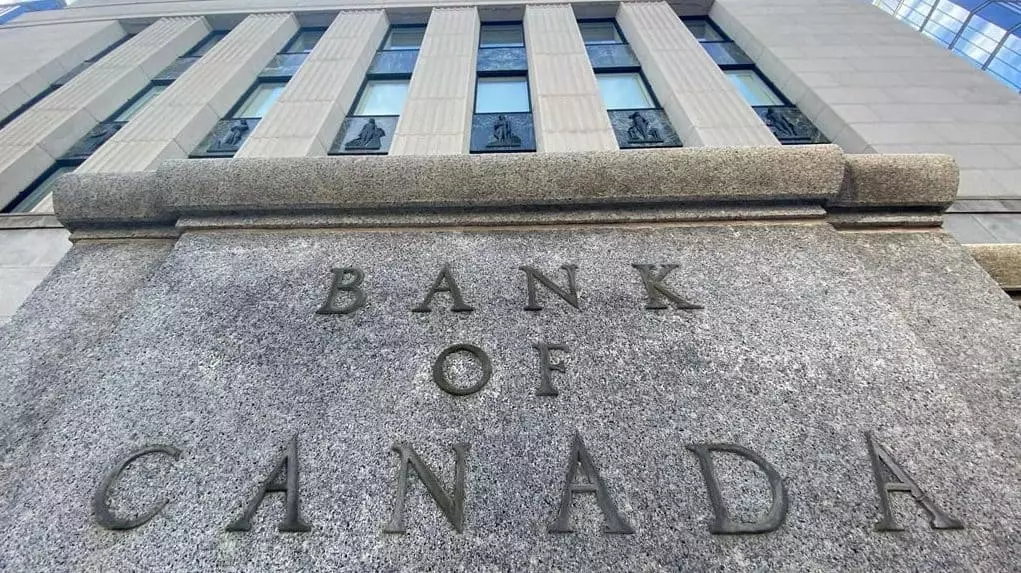In an unexpected shift, Canada has decided to halt its Central Bank Digital Currency (CBDC) project, which was initiated in 2017 amid growing interest in digital currencies and changing payment methods amongst Canadians. This decision was reported in a CBC article on September 18, 2023, and it reflects a broader reconsideration of the necessity and viability of a digital version of the Canadian dollar, which aimed to modernize Canada’s financial infrastructure.
The Canadian CBDC initiative was launched in response to a pronounced trend towards digitalization in financial transactions. The central bank conducted public consultations in 2022, aiming to gauge public sentiment and gather insights regarding the perceived utility of a digital currency. However, the findings from a report released in November 2023 revealed a stark reality: despite a general awareness of CBDCs, most Canadians did not grasp the necessity for such a currency. Nearly 87% of respondents expressed a firm reluctance to adopt a digital Canadian dollar, with 92% preferring traditional payment methods. These statistics underscore a significant disconnect between the aspirations of policymakers and the actual needs and perceptions of the populace.
Concerns Over Security and Privacy
Critical to understanding the hesitance surrounding CBDCs in Canada are the concerns about cybersecurity and user privacy. A notable 87% of survey participants voiced doubts about the Bank of Canada’s ability to safeguard users from potential cyber threats. Such apprehensions are valid, considering the heightened risks associated with digital currencies. While the Bank of Canada has maintained that a digital dollar would not usurp traditional cash but rather enhance online payment conveniences, its pivot away from the CBDC project signals a troubling recognition of these challenges and the public’s reluctance to embrace such changes.
While Canada pulls back from its digital currency ambitions, the global landscape is markedly different, with an escalating interest in CBDCs. As of September 2024, 134 different countries and currency unions, representing a staggering 98% of the world’s GDP, are exploring their own sovereign digital currencies. Notably, countries like the Bahamas, Jamaica, and Nigeria have successfully launched their CBDC initiatives, looking to enhance financial inclusion and modernize their economies. China leads this digital charge with its digital yuan, accumulating unprecedented transaction values, a clear testament to the potential scale and success of CBDCs.
Canada’s decision to halt its CBDC project raises pertinent questions about the trajectory of financial technology and payment systems. The central bank is now redirecting its attention toward policy research and analysis, focusing on how to best adapt to an evolving payments landscape without a digital currency. This scenario illustrates the necessity of aligning public sentiment and technological advancement with the practical implications of digital currency adoption. As the world looks toward effective digital finance solutions, Canada must now contemplate what its pauses mean in a fast-evolving global economy and how it can participate in the future of monetary transactions without fully committing to a CBDC framework.

